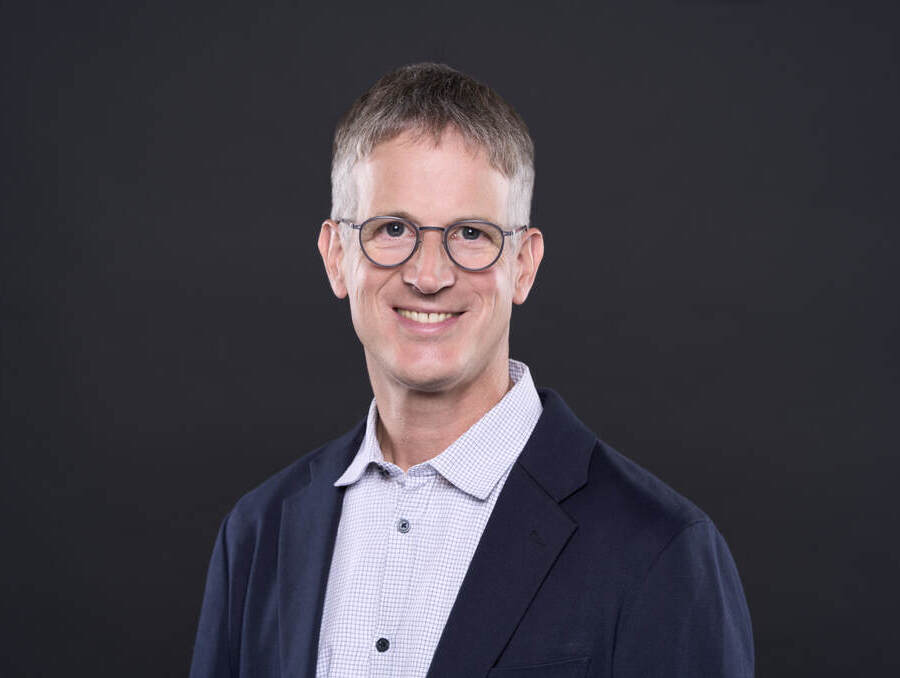Many northern Nevadans make the trek down Highway 395 heading to Southern California, whether for business or for pleasure. Passing by Topaz and Mono Lakes and through Bishop and Lone Pine, many admire the beauty of the area, but few know and appreciate the science and history behind it. The University of Nevada, Reno has teamed up with locals and other partners to shed new light on this fascinating area, just a few hours’ drive from Reno.
The program is called the Roadside Heritage Project. Funded by a $2.5 million National Science Foundation grant, the University and its partners have interviewed various experts on topics pertinent to the region. They are professionally producing about a dozen seven-minute audio “episodes” explaining various features of the region, such as its geothermal and hydrothermal characteristics and mineral deposits, the “caldera” and volcanology, and the uniqueness of desert terminal lakes.
One episode features the adaptability of the area’s plant and wildlife to extreme environments. It tells about the bighorn sheep that have lived in the area for thousands of years, surviving elevations of 14,000 feet, and the bristlecone pine, one of the oldest trees in the world.
These episodes are being posted on the project’s Web site, Road Side Heritage, as they are produced. About half of them are currently available and easily downloadable onto MP3 devices or CDs.
“These are informative, entertaining stories of the area, brought to life by vibrant interviews with locals and experts alike,” said Mike Collopy, director of the University’s Academy for the Environment. “This is the first instance that we know of where the science heritage in a geographic area will be communicated to the public in this way – in a way that will be meaningful, and in a way that people will be able appreciate.”
Another component of the project is bringing this information to middle-school students by guided field trips where the students explore the science of the region firsthand. The students also conduct interviews with the experts and use current technologies to produce their own educational stories about the region, also available on the Web site.
This portion of the project is led by the Eastern Sierra Institute for Collaborative Education (ESICE) with support from the University’s Raggio Research Center for STEM Education. STEM stands for Science, Technology, Engineering and Math. The Center promotes STEM research, education and service activities in collaboration with K – 12 educators. The other major partner of the project is UC Berkeley’s Lawrence Hall of Science.
Recently, KOLO-TV News Channel 8’s Brent Boynton and John Tyson also took a field trip to the area, accompanied by the project’s University experts. The veteran news anchor and classic storyteller captured eye-catching video of the bighorn sheep; the expanse of the caldera from the top of Mammoth Mountain; the bubbling, scalding waters of Hot Creek, and more. Talking with University experts and colorful locals of the regions, they pieced together five special segments that will air on KOLO’s 5 p.m. newscasts each Thursday, beginning May 7, with two segments airing on May 7. The segments will also be available for viewing on kolotv.com.
“Brent and John really enjoyed themselves while exploring this area that is widely considered one of the most beautiful areas of the western United States,” said Collopy. “I think viewers who tune in will gain a whole new understanding of the area, as well as be very entertained. Then, they can log on to the roadsideheritage.org Web site, download some of the audio episodes we’ve produced to a CD or their MP3, and head down for a nice, narrated summer road trip of their own,” he concluded.











